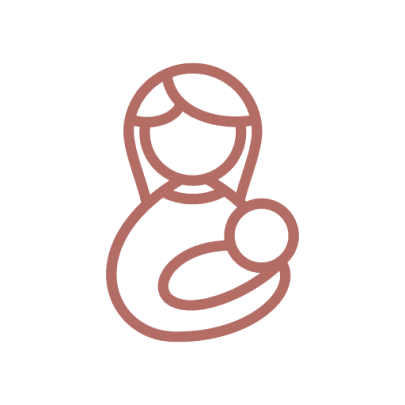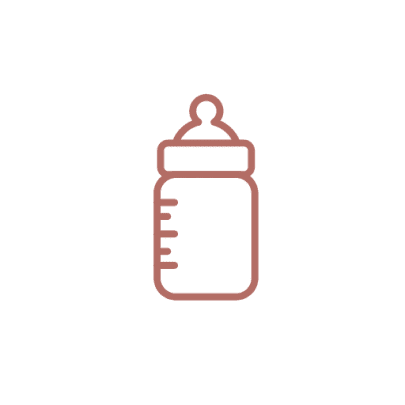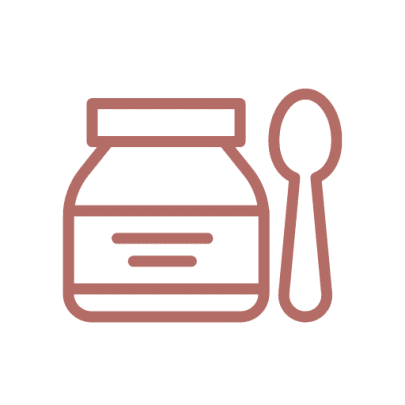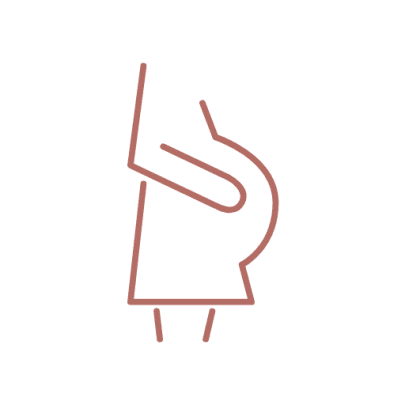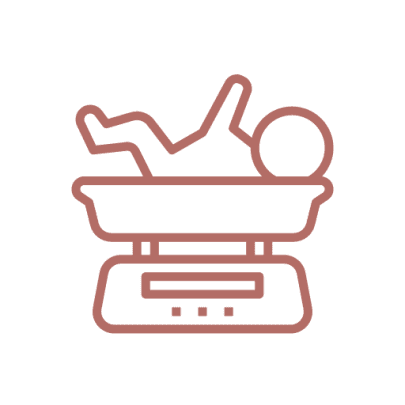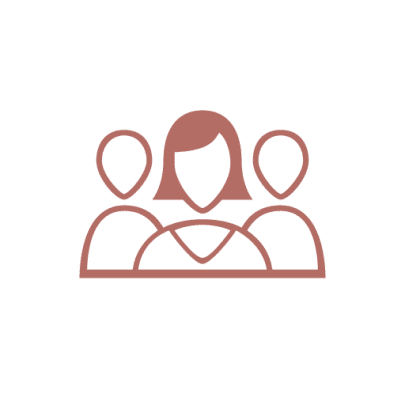Cranial osteopathy has become a popular treatment for babies following birth however many parents feel uncertain as to how it works and what the osteopath is going to do.
Cranial is a particularly subtle technique learned by osteopaths during their training. Some osteopaths follow on with postgraduate study in cranial techniques; not all osteopaths use cranial technique. Cranial technique involves feeling the IVM (involuntary motion), the collective movement of all body rhythms, for areas where the body tissues move well or are “stuck”. Osteopaths believe that if the body’s tissues move easily then they can perform their functions well.
Treatment techniques are very gentle and involve very small specific movements in order to restore tissues to balance; resolving strains and allowing tissues to function optimally.
From a parent’s perspective it may appear that the osteopath is doing very little, however a baby’s body is very delicate and very little force is required to create a change. Osteopaths believe that the body is self correcting and given the right prompts the treatment given will encourage the body towards health after the session ends.
The number of treatments needed is different for each baby. Usually babies are very responsive to treatment and may require around 3 sessions often with a recommendation for a regular check up especially around growth spurts.
While most babies come to the osteopath with a specific issue, some parents bring babies in for a check up after birth even though the baby seems fine. Other parents are sceptical about why a baby would even need treatment, after all they have only just been born and surely birth is a normal process anyway, right? Well, that probably depends on the birth, the baby and the parent.
Babies may show symptoms of discomfort through unsettledness, crying, irritability, poor sleeping, feeding issues or digestive difficulties inc. constipation and colic. Parents who consider any of these symptoms to be normal baby behaviour may not seek treatment or feel anything is wrong with their baby.
The baby undergoes huge pressures during the birth process and the amount of strain affecting the baby’s body may depend on the baby’s position, the length of labour and any interventions during birth. Each factor has its own effect on the body. Generally speaking the bones of the baby’s head have to overlap during delivery and the passage through the mother pelvis places the baby’s upper neck under a lot of strain. This can lead to compression and irritation of the small delicate nerves in the upper neck area which communicate with the stomach, intestines as well as the skin, muscles and joints of the head and neck and may cause difficulties such as colic or constipation, headaches and neck pain. The baby may find turning their head, breastfeeding or sleeping on one side more difficult or uncomfortable than the other. In addition, tensions in the throat and around the jaw may make latching on the breast difficult to achieve or maintain. Babies that are breastfed and unable to easily latch on with a good ‘seal’ can become unsettled from excessive wind due to swallowing air when feeding.
A good osteopath is one you feel comfortable with, who listens to you, explains themselves and offers helpful advice that empowers you in helping your child. When choosing an osteopath for your baby you can start with the Osteopathic Council of New Zealand (OCNZ) – they have a list of all registered osteopaths in New Zealand.
Article shared by Felice Karuna. The clinic director & manager Wellbaby and Wellwest, sometime Osteopathic thesis writer in order to complete Master of Osteopathy, and fulltime mother to a 13year old and 1 year old
www.wellbaby.co.nz
www.wellwest.co.nz

